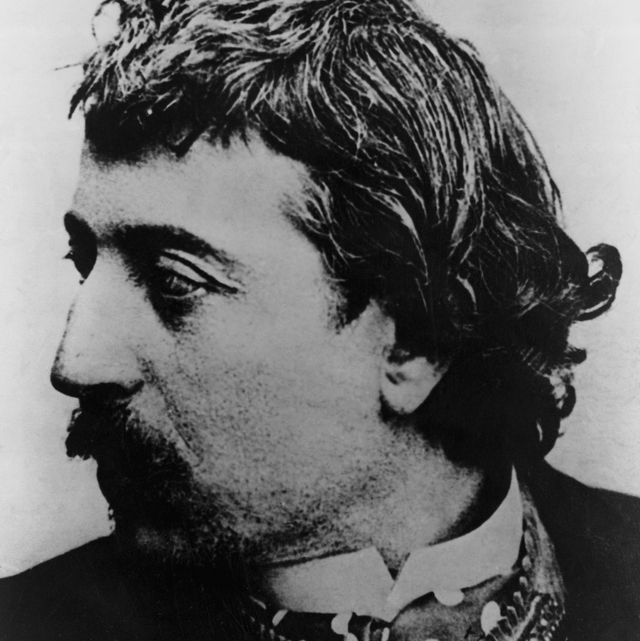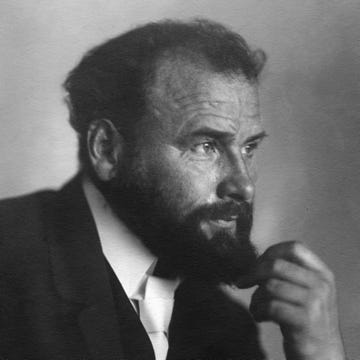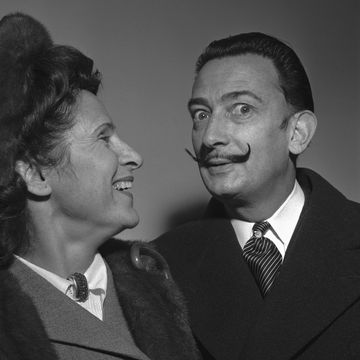(1848-1903)
Who Was Paul Gauguin?
French post-Impressionist artist Paul Gauguin was an important figure in the Symbolist art movement of the early 1900s. His use of bold colors, exaggerated body proportions and stark contrasts in his paintings set him apart from his contemporaries, helping to pave the way for the Primitivism art movement. Gauguin often sought exotic environments and spent time living and painting in Tahiti.
Early Life
Famed French artist Gauguin, born in Paris on June 7, 1848, created his own unique painting style, much like he crafted his own distinctive path through life. Known for bold colors, simplified forms and strong lines, he didn't have any art formal training. Gauguin instead followed his own vision, abandoning both his family and artistic conventions.
Gauguin was born in Paris, but his family moved to Peru when he was a young child. His journalist father died on the journey to South America. Eventually returning to France, Gauguin took to the seas as a merchant marine. He was also in the French Navy for a time and then worked as a stockbroker. In 1873, he married a Danish woman named Mette Gad. The couple eventually had five children together.
Emerging Artist
Gauguin began painting in his spare time but quickly became serious about his hobby. One of his works was accepted into the "Salon of 1876," an important art show in Paris. Gauguin met artist Camille Pissarro around this time, and his work attracted the interest of the Impressionists. The Impressionists were a group of revolutionary artists who challenged traditional methods and subjects and had been largely rejected by the French art establishment. Gauguin was invited to show at the group's fourth exhibition in 1879, and his work appeared among the works of Pissarro, Edgar Degas, Claude Monet and other artistic greats.
By 1883, Gauguin had stopped working as a stockbroker so that he could fully devote himself to his art. He also soon parted ways from his wife and children, and eventually went to Brittany, France. In 1888, Gauguin created one of his most famous paintings, "Vision of the Sermon." The boldly colored work showed the Biblical tale of Jacob wrestling with the angel. The following year, Gauguin painted "The Yellow Christ," a striking portrayal of the crucifixion of Jesus.
Gauguin was one of the art world's more colorful characters. He referred to himself as a savage and claimed to have Inca blood. Fond of alcohol and carousing, Gauguin eventually contracted syphilis. He was friends with fellow artist Vincent van Gogh. In 1888, Gauguin and van Gogh spent several weeks together at van Gogh's home in Arles, but their time together ended after van Gogh pulled a razor on Gauguin during an argument. That same year, Gaugin produced the now-famous oil painting "Vision After the Sermon."
Artist in Exile
In 1891, Gauguin sought to escape the constructions of European society, and he thought that Tahiti might offer him some type of personal and creative freedom. Upon moving to Tahiti, Gauguin was disappointed to find that French colonial authorities had westernized much of the island, so he chose to settle among the native peoples, and away from the Europeans living in the capital.
Around this time, Gauguin borrowed from the native culture, as well as his own, to create new, innovative works. In "La Orana Maria," he transformed the Christian figures of the Virgin Mary and Jesus into a Tahitian mother and child. Gauguin made many other works during this time, including a carved sculpture called "Oviri" — a word that originated from the Tahitian word for "savage," although, according to Gauguin, the sculpted female figure was actually a portrayal of a goddess. Known to have a predilection for young girls, Gauguin became involved with a 13-year-old Tahitian girl, who served as a model for several of his paintings.
In 1893, Gauguin returned to France to show some off his Tahitian pieces. The response to his artwork was mixed, and he failed to sell much. Critics and art buyers didn't know what to make his primitivist style. Before long, Gauguin returned to French Polynesia. He continued to paint during this time, creating one of his later masterpieces—the canvas painting "Where Do We Come From? What Are We? Where Are We Going?" is Gauguin's depiction of the human life cycle.
Death
In 1901, Gauguin moved to the more remote Marquesas Islands. By this time, his health had been declining; he had experienced several heart attacks and continued to suffer from his advancing case of syphilis. On May 3, 1903, Gauguin died at his isolated island home, alone. He was nearly out of money at the time — it wasn't until after his death that Gauguin's art began receiving great acclaim, eventually influencing the likes of Pablo Picasso and Henri Matisse.
QUICK FACTS
- Name: Paul Gauguin
- Birth Year: 1848
- Birth date: June 7, 1848
- Birth City: Paris
- Birth Country: France
- Gender: Male
- Best Known For: French artist Paul Gauguin's bold colors, exaggerated body proportions and stark contrasts helped him achieve broad success in the late 19th century.
- Industries
- Art
- Astrological Sign: Gemini
- Nacionalities
- French
- Death Year: 1903
- Death date: May 8, 1903
- Death City: Atuona, Hiva Oa, Marquesas Islands
- Death Country: France
Fact Check
We strive for accuracy and fairness.If you see something that doesn't look right,contact us!
CITATION INFORMATION
- Article Title: Paul Gauguin Biography
- Author: Biography.com Editors
- Website Name: The Biography.com website
- Url: https://www.biography.com/artist/paul-gauguin
- Access Date:
- Publisher: A&E; Television Networks
- Last Updated: December 2, 2021
- Original Published Date: April 2, 2014
QUOTES
- Art is either plagiarism or revolution.
- A young man who is unable to commit a folly is already an old man.
- Civilization is what makes you sick.












